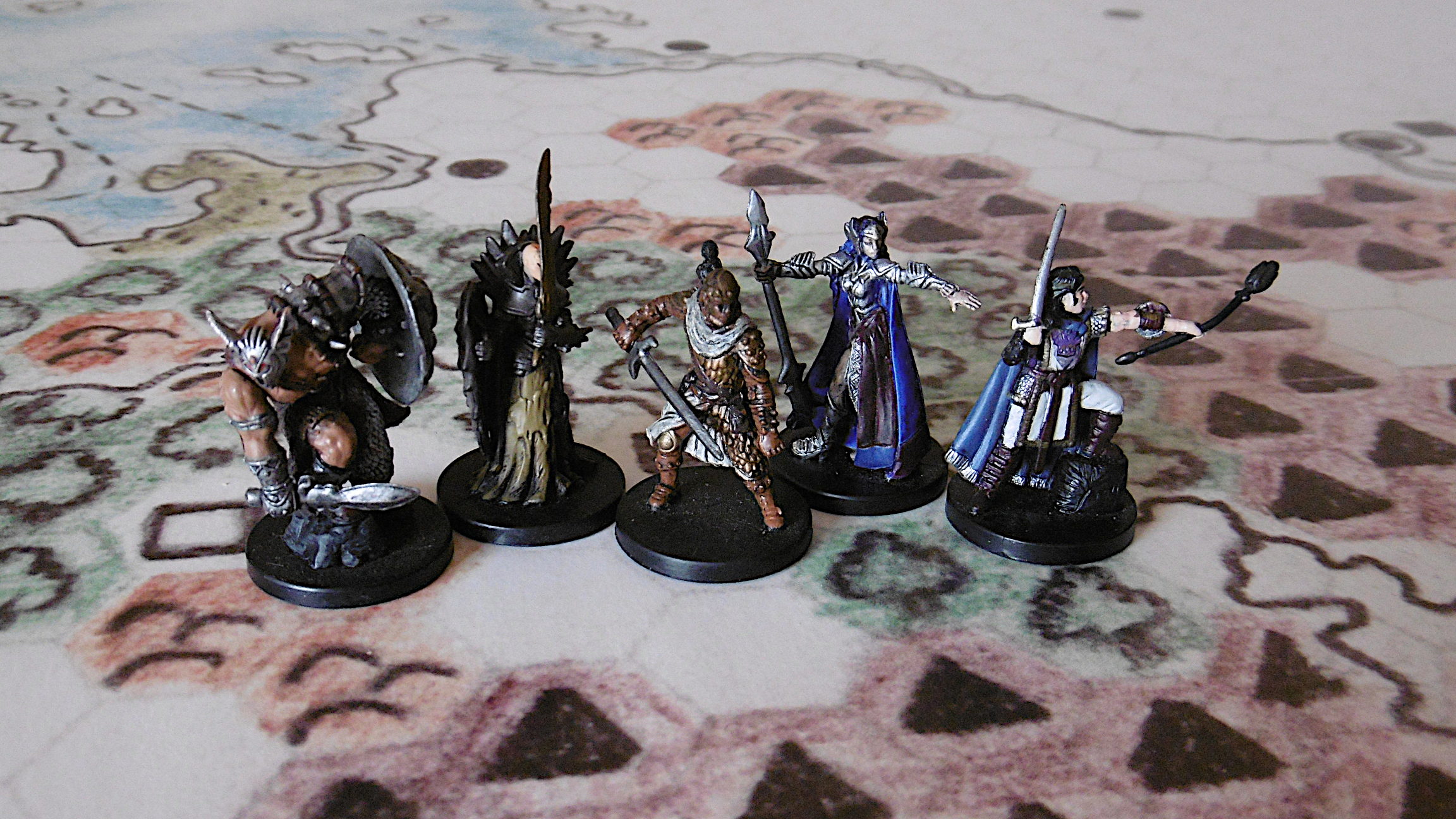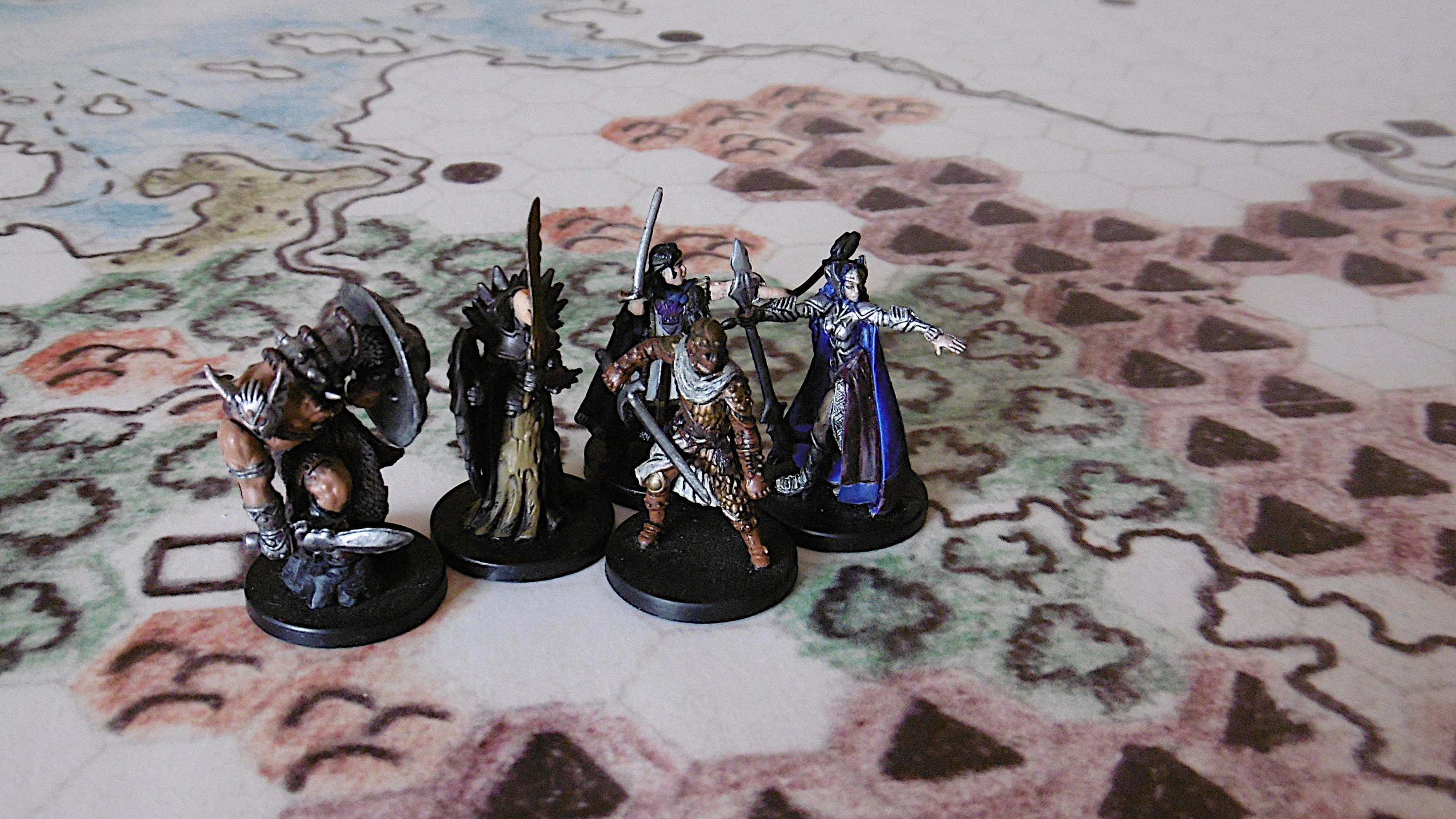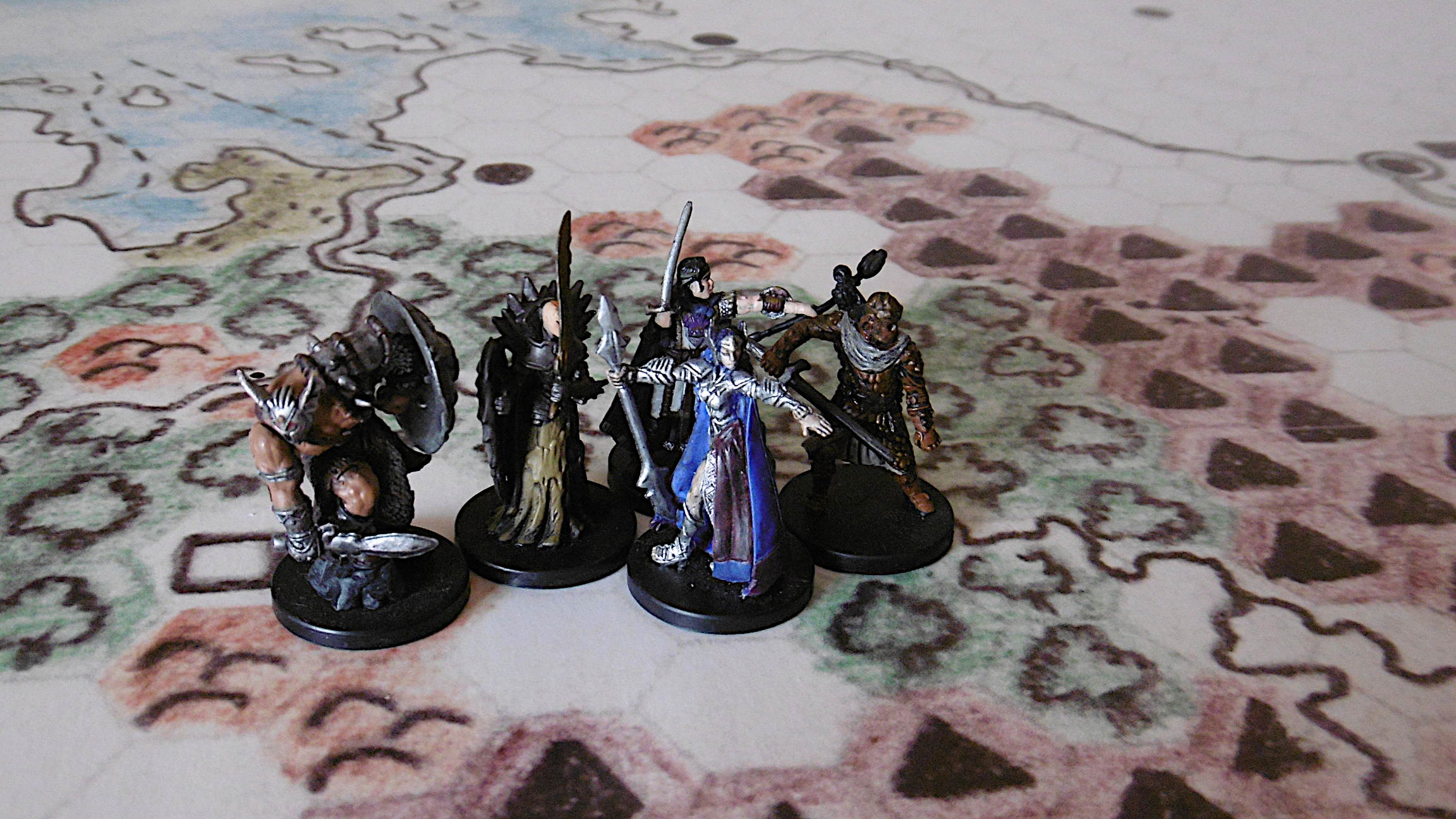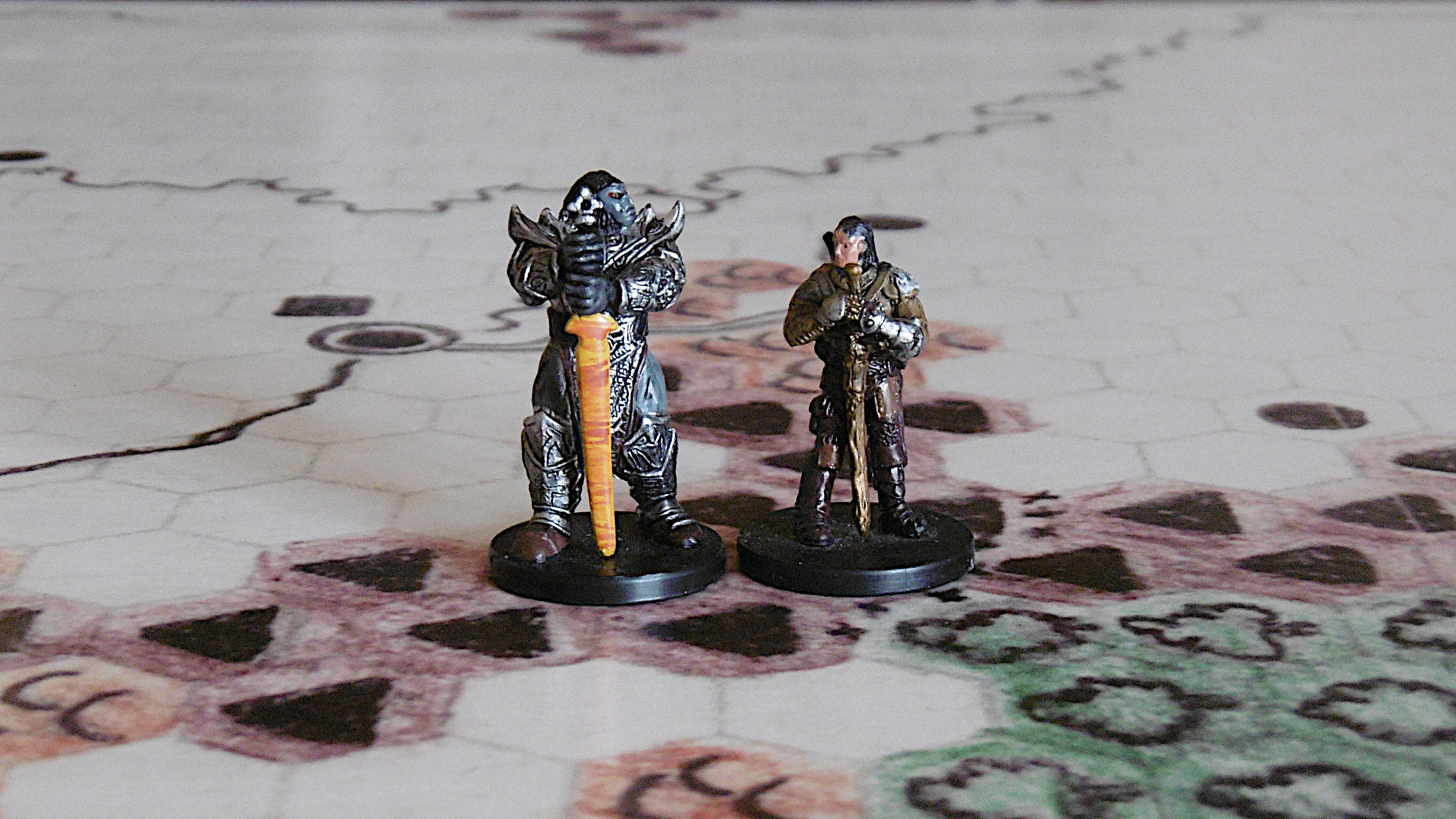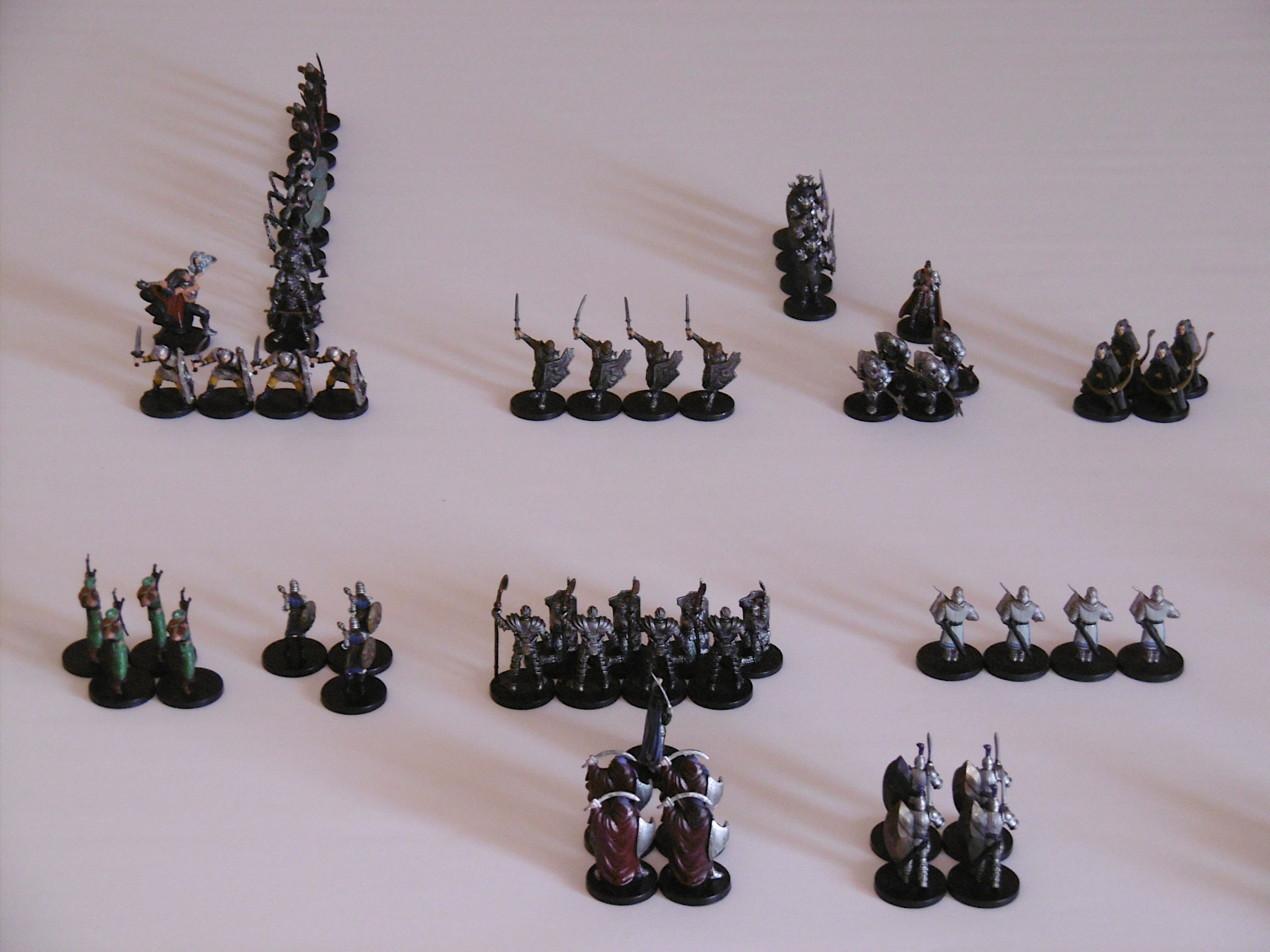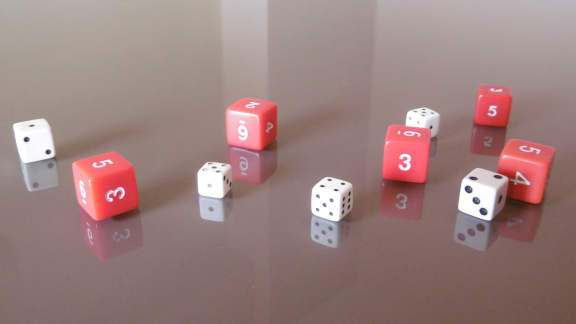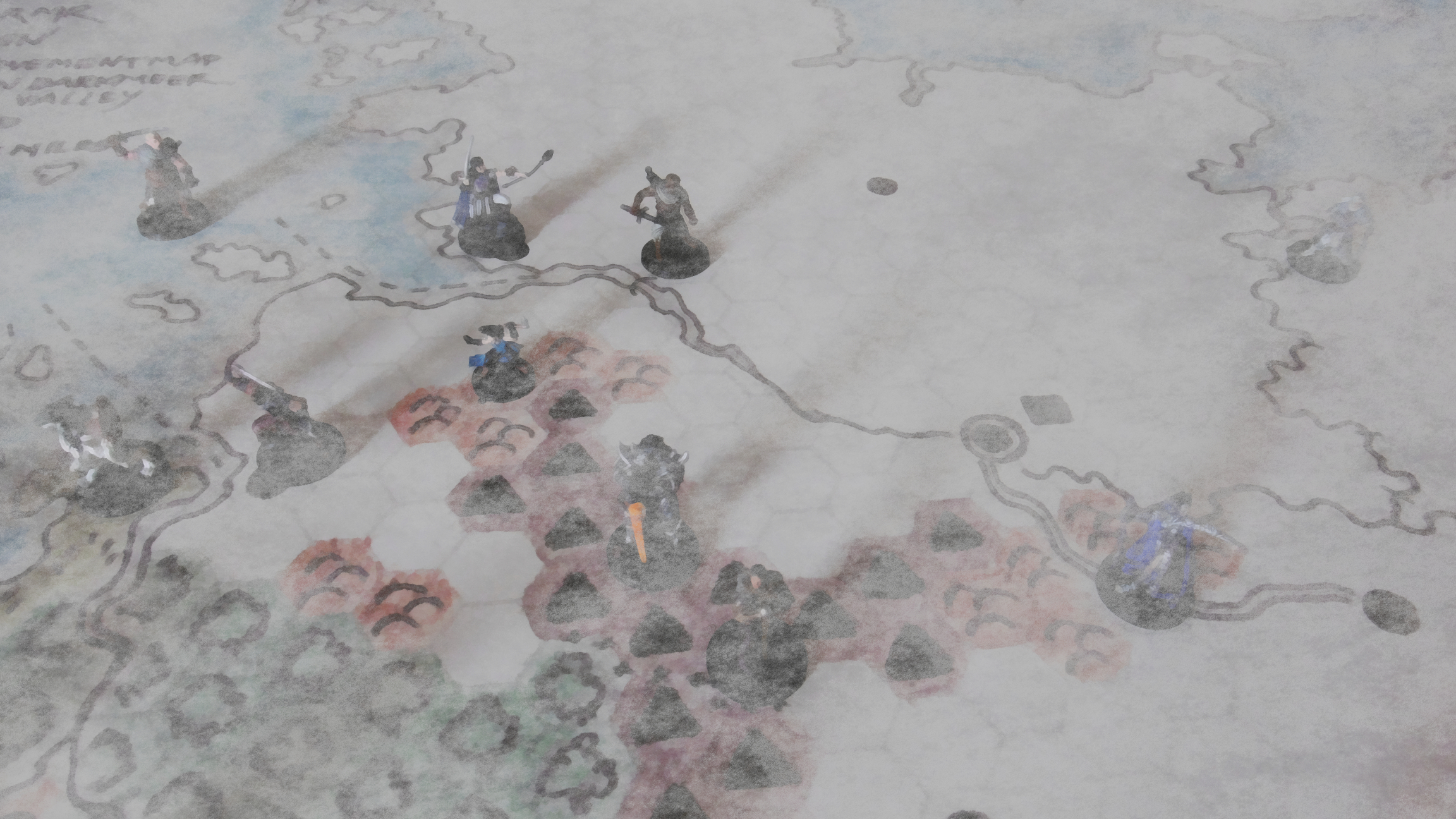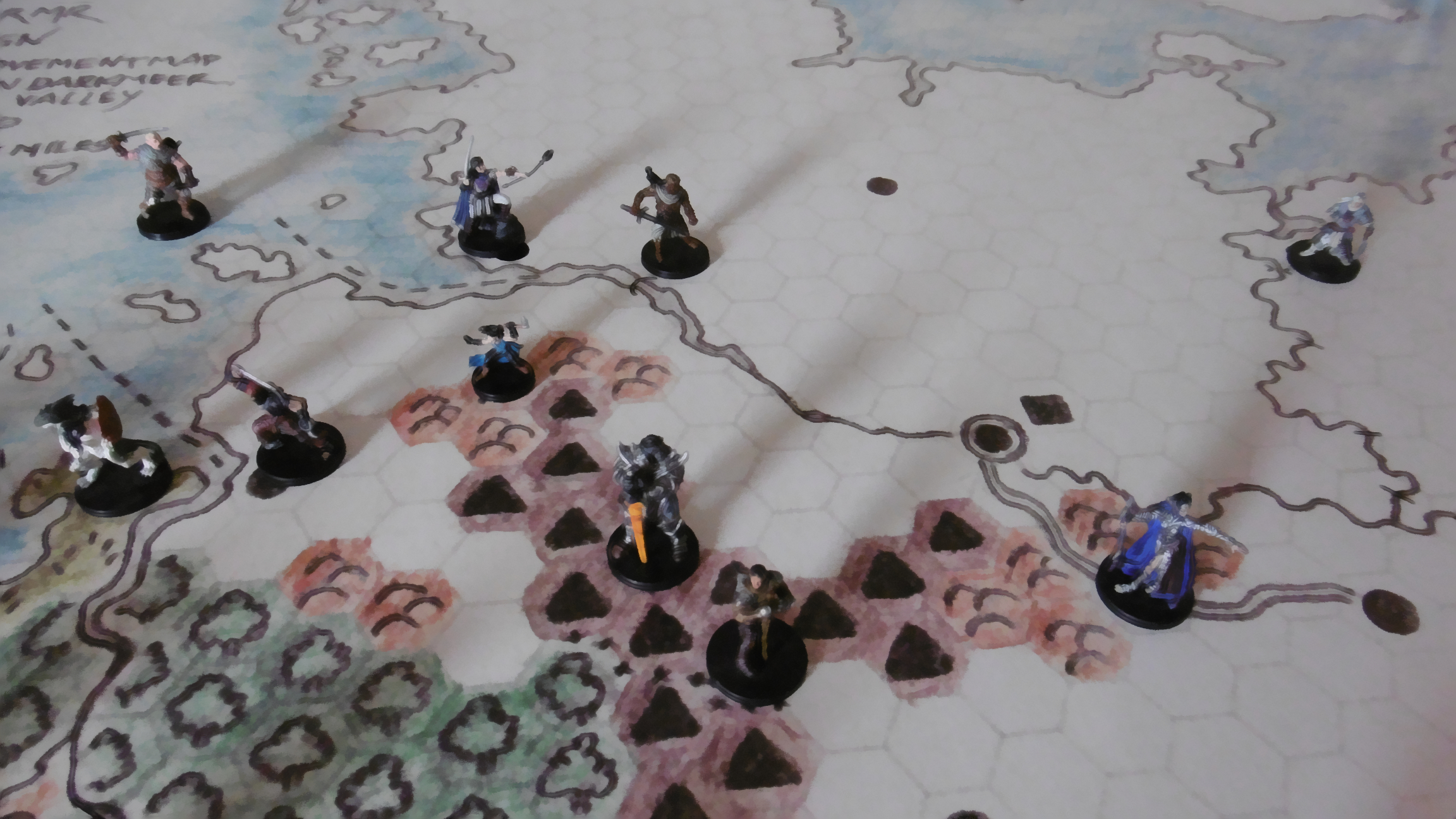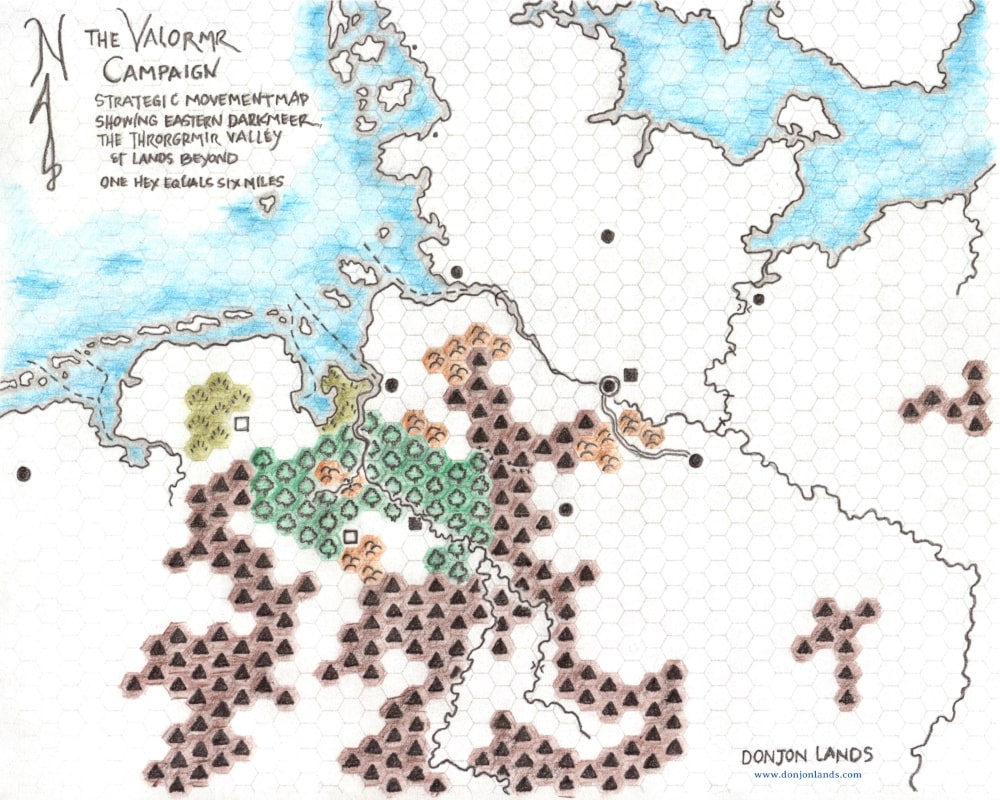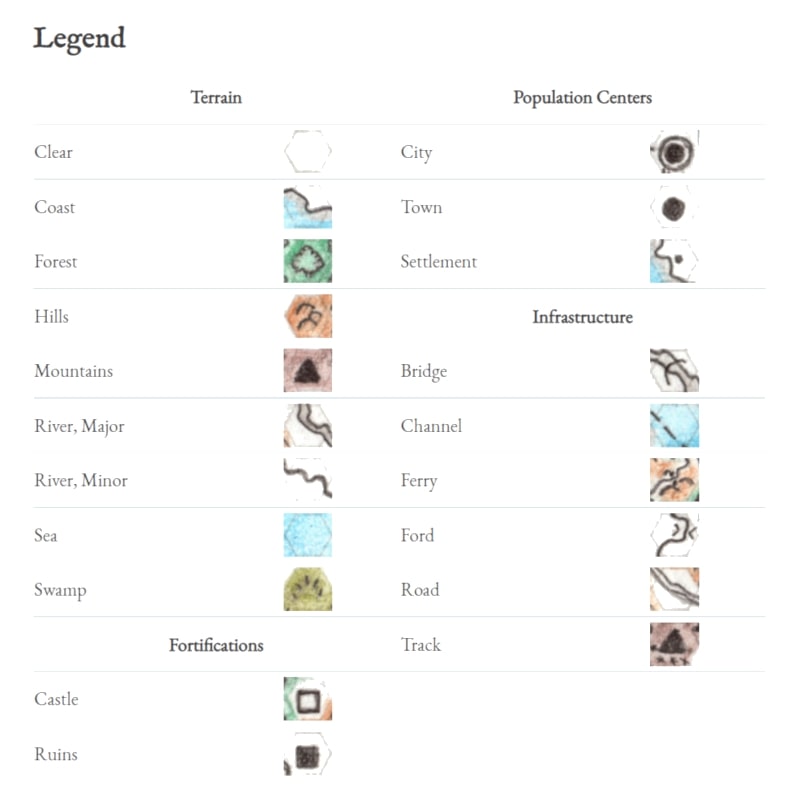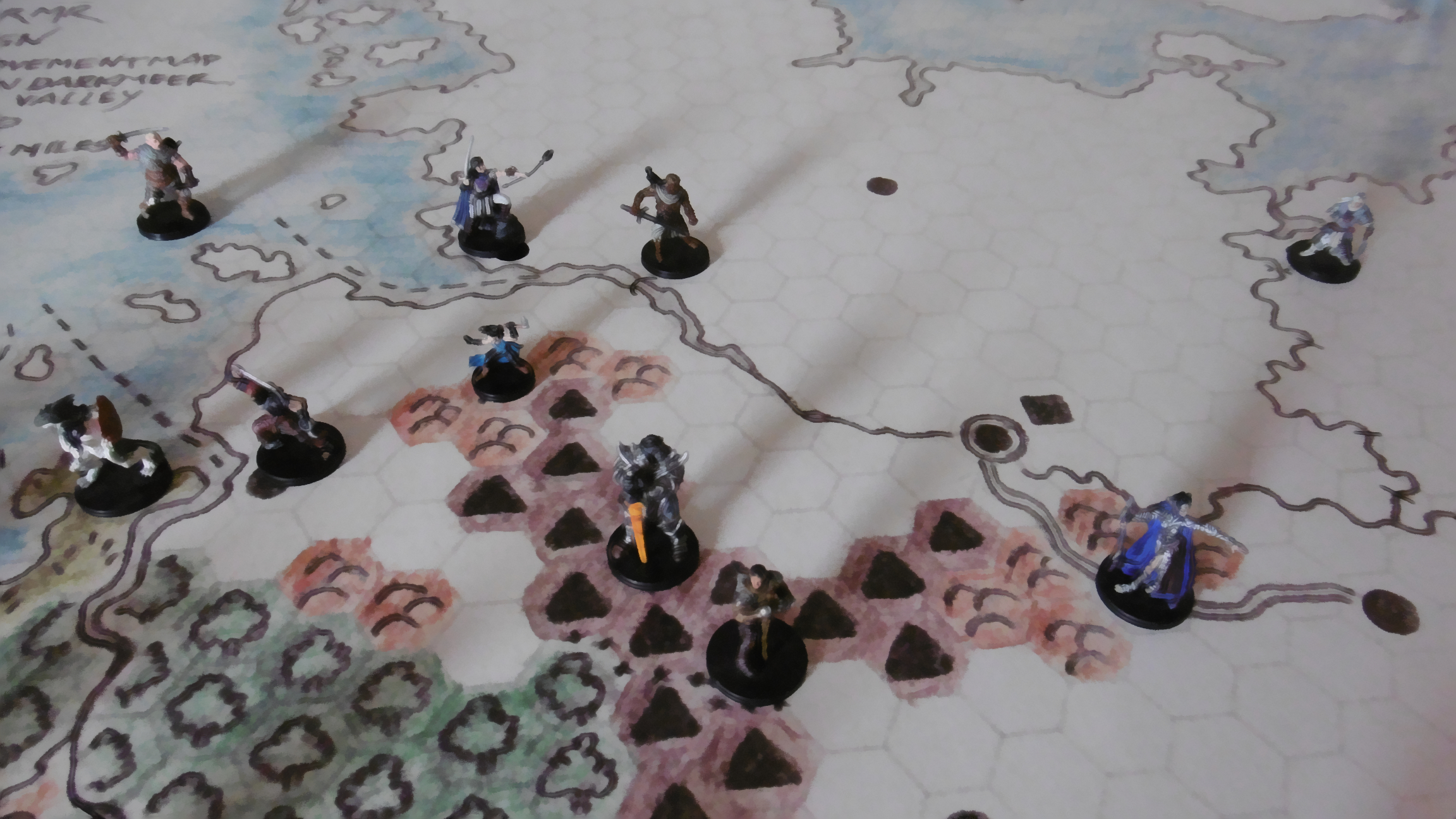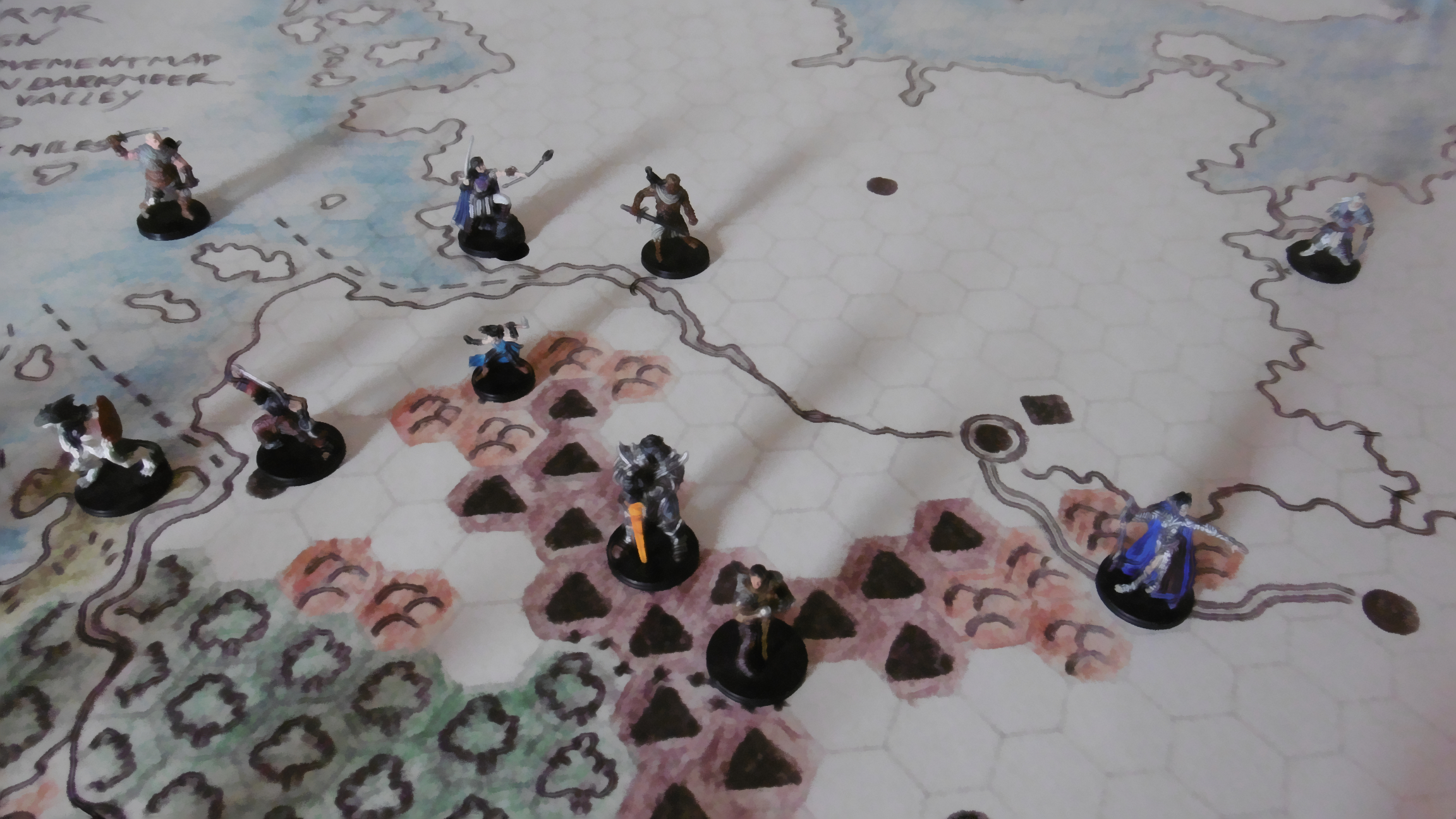Map Contact
Contact and Deployment
“Map Contact” is the second of six parts of “Contact and Deployment” in the Valormr Campaign.
When two or more opposing commanders occupy adjacent hexes, they are said to be in map contact. The terrain between them is a potential battlefield.
Half Periods: Contact is considered to occur within a half-period: morning, afternoon, evening, or night.1 In terrain where forces move only one hex per day, it is the last half of the period. For example, in the afternoon for diurnal movement.
Moves First: All strategic moves for the period are completed before any map contacts are resolved. In the event of map contact in the first half period, the involved forces, assuming they have move points remaining, may continue movement after contact is resolved, whether by evasion or engagement.
Fight on the Morrow: At any time prior to the deployment phase, all commanders may agree to rest.2 In that case, the forces are no longer in map contact for the remainder of the half period. Forces are again in map contact at the beginning of the next half period. If either one of two commanders disagrees, the contact phase begins.
Avoid Contact: A commander may avoid contact in the hex if he or she has enough move points to proceed immediately into another hex. This decision is made and resolved prior to the contact phase. A dice throw is required, and the operation is not without risks. Avoiding contact is treated, along with similar operations, in an upcoming article “Avoid, Evade, Delay, and Withdraw.”
Three or More Forces: When more than two forces meet, the conflict may be divided into separate engagements or conducted as a single battle, as decided by the players. Factors such as table size and number of figures involved versus the number available should be considered in addition to player preference. In case multiple battles are decided, contact and deployment are handled separately.
Battles at Sea
The present system is not useful for naval engagements. We got longships and pirates though, so we could make something up should the occasion arise.
Contact Dice
Upon making map contact, the commanders roll a dice. We use the dice scores with and without modifiers throughout the process, so it’s best to make note or leave the dice on the table for reference. The results determine each commander’s awareness of the opposing force, the hour of contact, and which player draws the first terrain cards and how many.
Modifiers
A commander’s contact dice is modified for each of the following criteria:
| Contact Modifiers | |
|---|---|
| Criteria | Modifier |
| More move points than all opponents | +1 |
| Smallest force by at least one regiment* | +1 |
| Successful scout(s) | +1 |
| Captured scout(s) | +1 |
| Previous contact this or one period before | +1 |
| All opponents in clear terrain† | +1 |
| All opponents in mountain terrain† | −1 |
|
* Here, size considers the entire army; it does not consider strength. |
|
Contact
| Contact Table | ||
|---|---|---|
| One Dice | Estimation of Enemy Force | |
| Size* | Composition | |
| 1† | None | None |
| 2‡ | None | None |
| 3 | ±50% | Basic troop type (infantry or cavalry) |
| 4 | ±25% | All troop types |
| 5 | ±10% | All troop types, proportions, plus organization** |
| 6 | Accurate | Exact plus individual creatures |
|
* Size considers the engaging regiment; the exact variation is determined below. |
||
That the commander is aware of the dice roll, and therefore the range of the information’s accuracy, is of no consequence, as a commander may gauge the accuracy of the size by the composition details gathered.
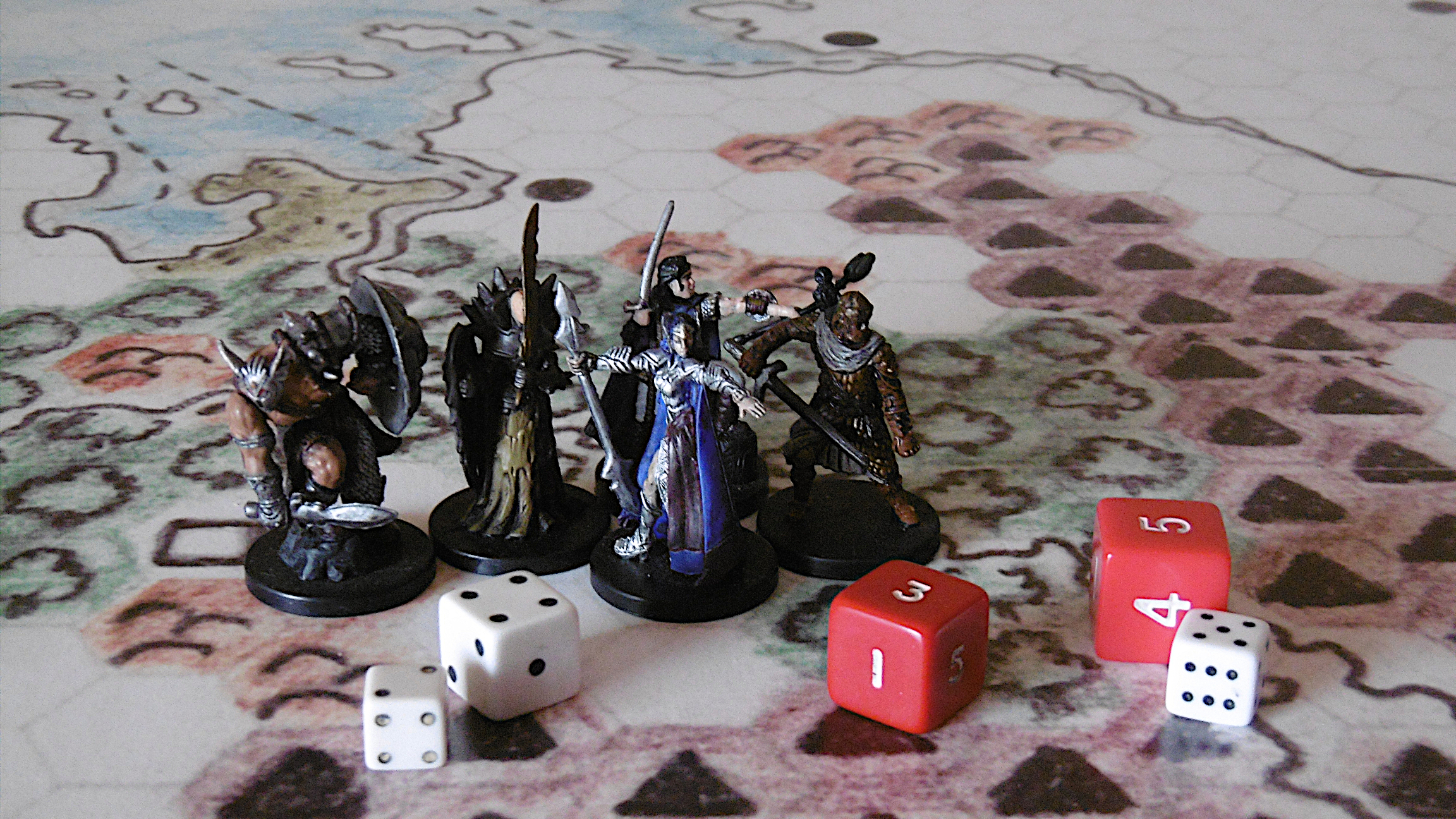
Taking the dice left to right: Hadewych’s scout is killed. Her contact dice roll is four, to which she adds 1 as all her opponents are in clear terrain, for a total of five. Ingegerd, to her roll of three, also adds 1 for her opponent in clear terrain, total four. Aeskrvald adds 1 for terrain to his roll of five, plus 1 for a successful scout, to make it seven.
Size Estimation
To determine the estimated size of the enemy force, multiple players without a referee need only choose a percentage in the given range, make the calculation, and inform the opponent. A referee or solo player might do the same or roll two dice on the table below.
| Size Estimation Table | |||
|---|---|---|---|
| Two Dice | ±50% | ±25% | ±10%* |
| 2 | −50% | −25% | −10% |
| 3 | −40% | −20% | Accurate |
| 4 | −30% | −15% | −10% |
| 5 | −20% | −10% | −5% |
| 6 | −10% | −5% | −5% |
| 7 | Accurate | ||
| 8 | +10% | +5% | +5% |
| 9 | +20% | +10% | +5% |
| 10 | +30% | +15% | +10% |
| 11 | +40% | +20% | Accurate |
| 12 | +50% | +25% | +10% |
| * As in the two previous columns, probabilities in the ±10% column are weighted toward more accurate results. | |||
Contact Hour
Take the difference in the highest and lowest unmodified contact dice. Subtract the result from the current half period’s end hour to determine the hour in which contact occurs. Sunrise marks the 1st hour of the day. Thus, depending on the half period of contact and the difference in the contact dice, a battle may take place in any hour of the day or night.
| Half Period | Ends in Hour |
|---|---|
| Morning | 6th |
| Afternoon | 12th |
| Evening | 18th |
| Night | 24th |
Notes
1 Contact occurs within a half period even when forces may move three or more hexes per day. With mainly infantry on the map, moving so far is rare. With more cavalry, moving three or four hexes is more common. But we avoid dividing a period into thirds or fourths in favor of simplicity.
2 This is not an actual agreement between commanders. The agreement is implied by the lack of further action on both sides.
